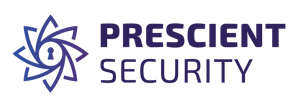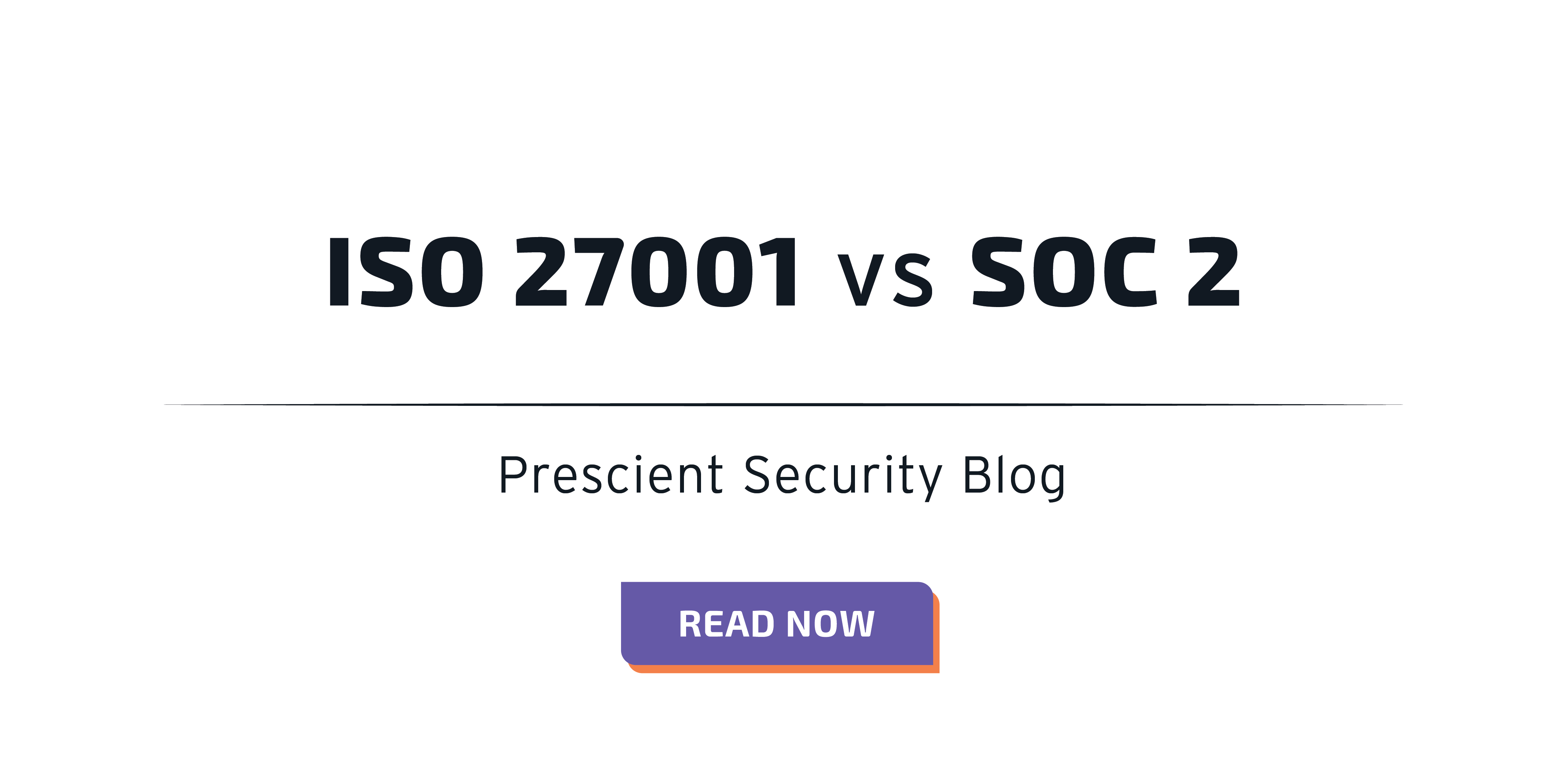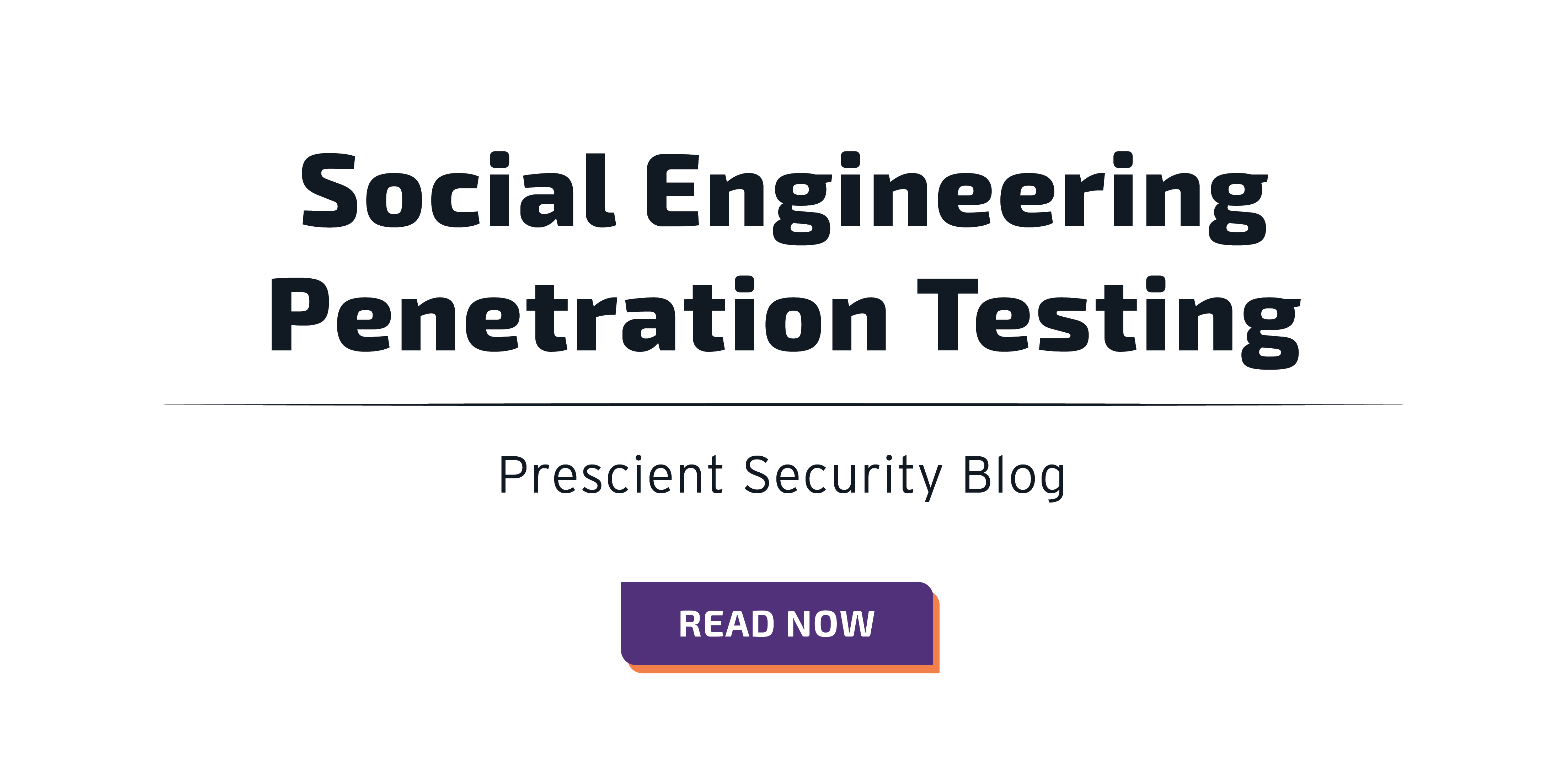SOC 1 vs. SOC 2
 Gabriela Silk
·
7 minute read
Gabriela Silk
·
7 minute read
SOC (Systems and Organizations Controls) audits are vital for businesses managing sensitive data, offering compliance and assurance to clients and stakeholders about the robustness of an organization's financial and operational controls.
In an era where the need for operational integrity and security is at an all time high, prospects are looking to verify the process and operational ongoings of an organization before establishing partnership. A System and Organization Controls (SOC) report is an audit designed to assist companies with better establishing their integrity and in turn, trust with clients. They’re often the preferred route to ensuring stakeholders feel confident provisioning an organization's services. But which SOC report is best? And how do you determine which one is right for your business?
The battle of the SOC 1 vs SOC 2 report begins here. We’ll take you through the details of each, how to pick the best for your organization, and how to prepare for the auditing process.
Contents
- Overview of SOC Reports?
- SOC 1 vs. SOC 2
- SOC 1 Type 1 Report vs. SOC 1 Type 2 Report
- SOC 1 Type 1 Report vs. SOC 1 Type 2 Report
- What are SOC Controls/Criteria
- How to Determine if Your Organization Need an SOC 1 or SOC 2 Report
- How to Ensure That Your Organization Is Ready for an SOC 1 or SOC 2 Report
- Conclusion
- Prescient Security and SOC 1, 2, and 3
Overview of SOC Reports
No matter which SOC report an organization is considering, they all share a central purpose: assessing the controls and processes that a service organization has in place to protect the privacy and confidentiality of client data and in doing so, helping to illustrate the trustworthiness of an organization. These reports and standards were developed by the American Institute of Certified Public Accountants (AICPA) and, as such, come highly regarded.
All SOC reports have to be performed by independent, and properly authorized auditors. Where they differ is in scope. Each SOC report focuses on slightly different aspects of an organization’s internal security and privacy controls:
What is SOC 1
Focused on financial integrity, SOC 1 audits are pivotal for organizations that require rigorous oversight of financial controls. These audits are crucial for entities subject to regulations such as the Sarbanes-Oxley Act (SOX), where accurate financial reporting is mandatory for publicly traded companies.
A SOC 1 report is primarily intended to help businesses implement proper financial reporting practices. It was created for organizations that handle sensitive financial information and impact their clients’ financial statements, and therefore have a responsibility to provide reliable reporting. An example of this is a company that performs invoicing services.
The SOC 1 audit will assess how effective that company’s controls are when it comes to financial reporting, and whether or not they adhere to the relevant privacy guidelines. It essentially helps give assurance to business partners and clients that a company is doing what they need to do to ensure accuracy and confidentiality in their reporting.
What is SOC 2
Where SOC 1 focuses on organizations requiring oversight of financial controls, SOC 2 audits evaluate controls across five key Trust Services Criteria, calibrated to specific service commitments and Service Level Agreements to demonstrate an organization’s dedication to maintaining high standards of data management.
SOC 2 only deals with non-financial controls and instead focuses on data security. It covers 5 key principles known as the Trust Service Criteria that help assess how well an organization’s controls are operating to protect client data, availability, processing integrity, and overall confidentiality. It’s a vital audit for any organization that provides data services or handles sensitive customer information.
What is SOC 3
The key difference between SOC 2 and SOC 3 is that a SOC 2 report is a restricted use report while a SOC 3 report is a general use report that can be distributed freely. Both reports are attestation examinations conducted per the SSAE 18 Standard, specifically sections AT-C 105 and 205, governed by the AICPA.
SOC 3 reports cover SOC 2 results, tailored to a general audience. The level of detail is lesser, as SOC 3 Type 2 reports do not include detailed descriptions of the auditor’s control tests, test procedures, or test results. They do contain the auditor’s opinion, management assertion, and system description. Typically, organizations that need a SOC 3 report are organizations that require a SOC 2 report who want to use compliance for marketing that is suitable for the public, and not those looking to satisfy specific needs from customers or auditors. SOC 2 offers both Type I and Type II reports, where SOC 3 reports are always Type II reports.
SOC 1 vs. SOC 2
Both SOC 1 and SOC 2 reports will provide a detailed audit of an organization’s controls that relate to trust and integrity. They’re also both performed annually, have two report types within each, and provide a useful guide on how to improve internal systems that better protect clients.
The crucial difference between them is that an SOC 1 focuses on financial reporting whereas an SOC 2 is about data security. This then affects who each report is relevant to.
SOC 1 is only relevant to businesses that provide some kind of financial service. SOC 2 is aimed at companies that handle sensitive client data and need to prove proper security in this area.
SOC 1 Type 1 Report vs. SOC 1 Type 2 Report
Ensuring controls are suitably constructed and installed, a SOC 1 Type 1 Audit evaluates the design and implementation of controls within an organization. A SOC 1 Type 2 audits goes deeper, examining the operating effectiveness of these controls over time.
SOC 2 Type 1 Report vs. SOC 2 Type 2 Report
Similar to a SOC 1 Type 1 Report vs SOC 1 Type 1, A SOC 2 Type 1 report is considered more of a snapshot of an organization’s data security controls as it evaluates everything at a singular point in time.
In contrast, an SOC 2 type 2 report performs its evaluation over a period of about 6 to 12 months. The result is a far more in-depth report that can assess not just whether controls are working or not, but whether they perform consistently. A type 2 report is then able to provide far greater assurance of data privacy. Because of the longer time frame that an SOC 2 Type 2 report covers, it’s best suited to more established companies.
Another element worth noting is that besides being seen and used internally, a type 1 and type 2 report is a restricted use report and only ever handed out to auditors and potential customers to read. A type 3, however, is designed to be shared publicly. It thus serves a marketing purpose as well and benefits companies trying to establish their data privacy measures in the public eye.
What are SOC Controls/Criteria
SOC controls and criteria differ depending on whether a business opts for an SOC 1, 2, or 3 report. They are the standards that guide the entire process and by adhering to them, businesses not only get a chance to improve their systems but illustrate to customers why those systems are worth trusting.
A SOC 1 will always look at financial reporting controls and their accuracy. Some examples of SOC 1 controls include:
- Procedures that identify and respond to financial reporting risks.
- Training programs that ensure employee awareness of the right protocols.
- The workflow and hierarchy of duties regarding transaction approvals.
SOC 2 and 3 don’t deal with anything financial, so the controls are quite distinctive to the above. What guides the SOC data security standards is the Trust Service Criteria. The criteria are divided into 5 main points, which each cover a set of controls. Here’s an overview:
- Security: Systems and data need to be protected against security breaches and unauthorized access.
- Availability: The data security system has to be operational and monitoring constantly.
- Integrity: Systems are accurate and include error detection mechanisms.
- Confidentiality: Sensitive data needs to be protected through encryption, access restrictions, and confidentiality agreements.
- Privacy: Any time personal information is used, collected, or stored, practices need to adhere to the relevant privacy laws and regulations. This includes consent management and data anonymization.
What we’ve just described is only an overview of the kinds of controls and criteria that an SOC report involves. They are far more thorough than we can cover here, which is why alignment with these standards assists so greatly with regulatory compliance and building trust with businesses and customers.
How to Determine If Your Organization Needs an SOC 1 or SOC 2 Report
It comes down to a few key factors:
- The relevance of the report to your industry or business. Any organization that provides accounting or banking services will likely need an SOC 1. Data security services, however, would make you eligible for an SOC 2. Generally, those in finance benefit from an SOC 1, while those in tech need an SOC 2.
- Consider the type of data you handle. If it’s only financial data that affects clients’ financial reporting, an SOC 1 report is the winner. Storing personal information that requires a high degree of security, however, requires an SOC 2 report in order to assure full protection. Sometimes organizations deal with both kinds of data. In that instance, both reports may be needed.
- Familiarize yourself with client requirements, as well as compliance required in your industry. Many tech companies now have an SOC 2 as a baseline requirement for business partners as it ensures overall compliance with many data security regulations. The same is true of SOC 1 reports for financial businesses. Check what the norms are in your industry, what competitors are doing, and what clients seem to be looking for.
How to Ensure That Your Organization Is Ready for an SOC 1 or SOC 2 Report
Regardless of which report your organization chooses to go with, here’s how to ensure that you’re ready for it:
- Determine the scope of the report and exactly which systems, services, and areas of the organization it will need to include.
- Perform a gap analysis that picks up where improvements need to be made before the audit. Look at where the organization is in relation to the report’s standards, and where things may be falling short.
- Strengthen controls based on the above and refine what you have so that it’s in the best possible shape for the audit.
- Keep documentation of everything. Policies, changes, threat response plans – all of that needs to be thoroughly documented in a manner that is easily available for auditors to assess.
- Hire a third-party auditor that is qualified and experienced in SOC reports. Without a good auditor, organizations won’t get a fair shot at their report or the benefits that ideally come with it.
Conclusion
SOC 1 and SOC 2 reports both offer organizations a level of trustworthiness that is otherwise hard to achieve, just on different issues. SOC 1 is hyper-focused on financial reporting. SOC 2 is more about data privacy and protecting sensitive information against cyber threats. Choosing between them comes down to an organization’s industry and the kind of data they’re handling and ultimately, always requires the expertise of a third-party auditor to evaluate.
Prescient Security and SOC 1, 2, and 3
At Prescient Security, we offer auditing and advisory services for SOC compliance that ensures that organizations get the most out of the process. We’re a SOC AICPA peer-reviewed company ready to help businesses of all sizes establish greater trust and credibility in their services. One of our specialties is using cloud security to boost SOC compliance, but we also make sure to adapt our approach to the needs of every client we partner with.
Click here to understand how our SOC services can elevate your organization's compliance strategy and streamline efficiency for your organization.



